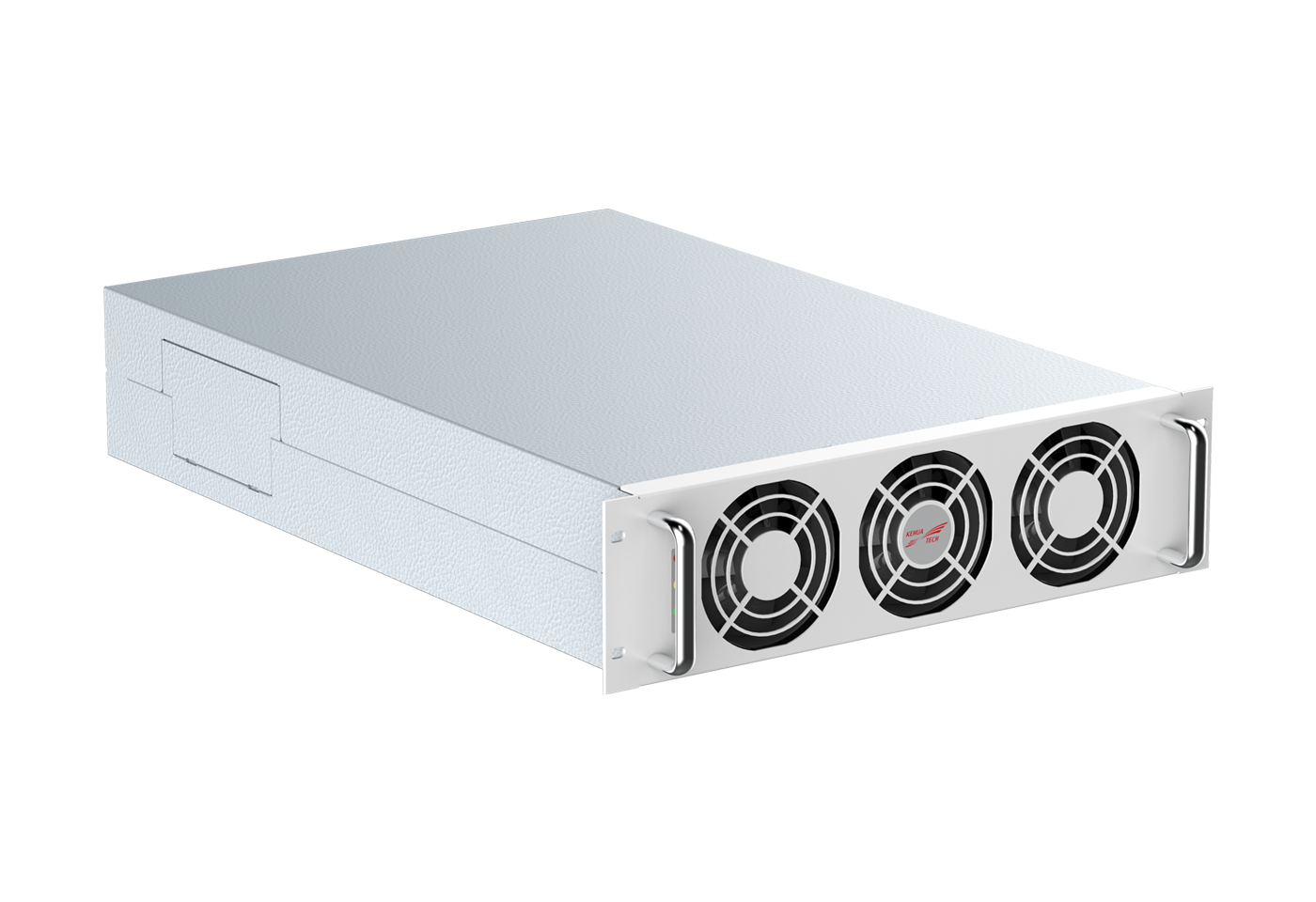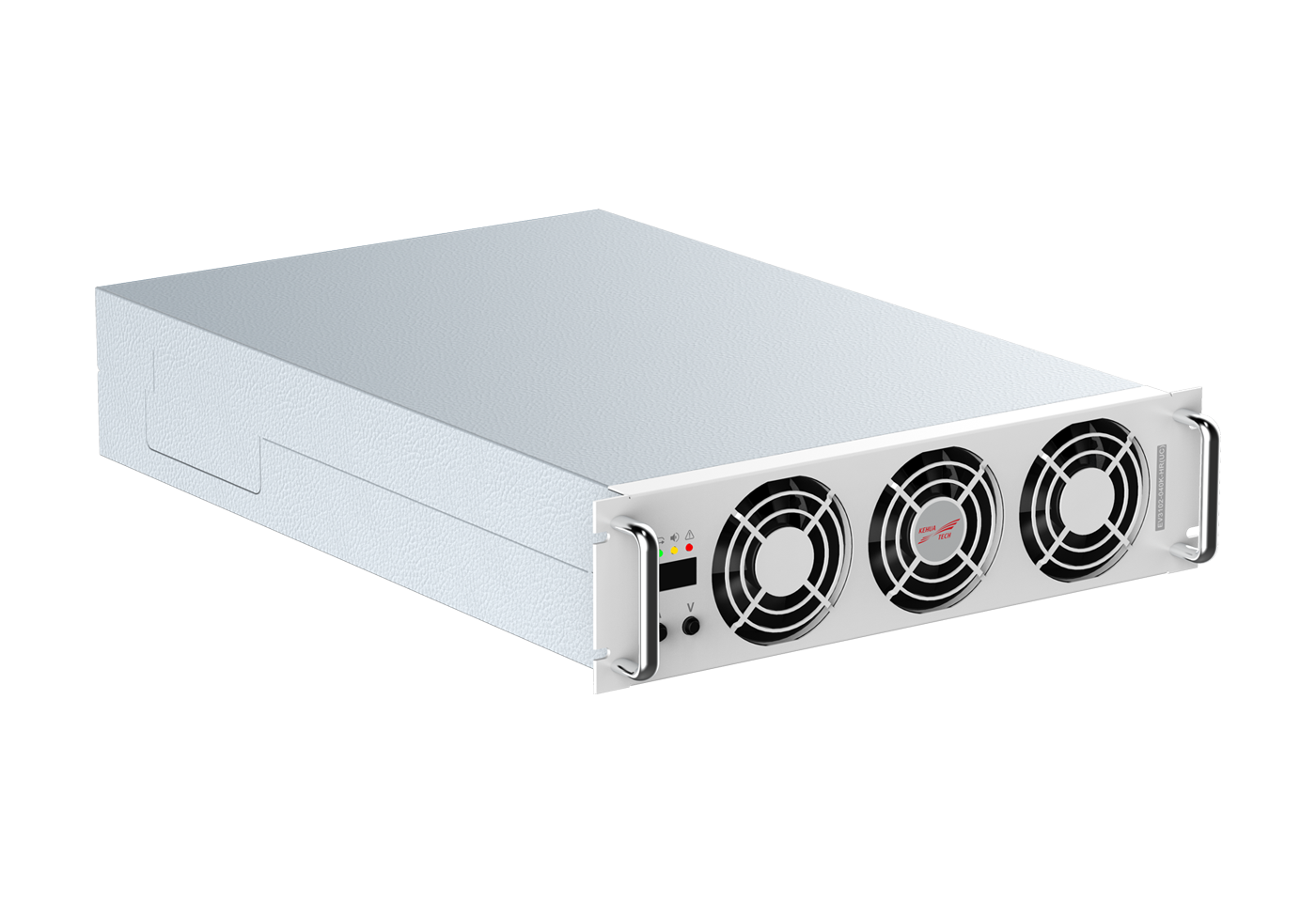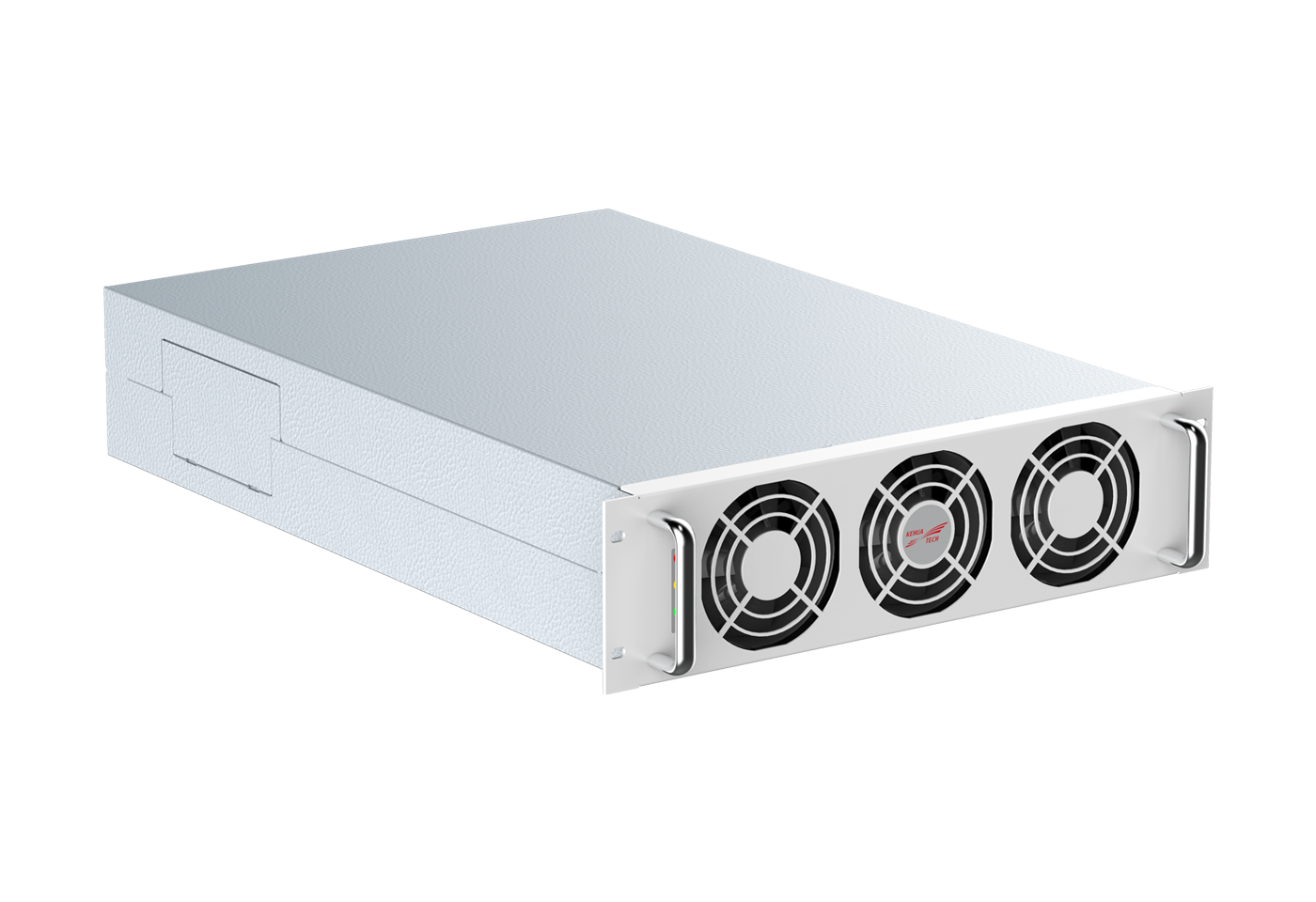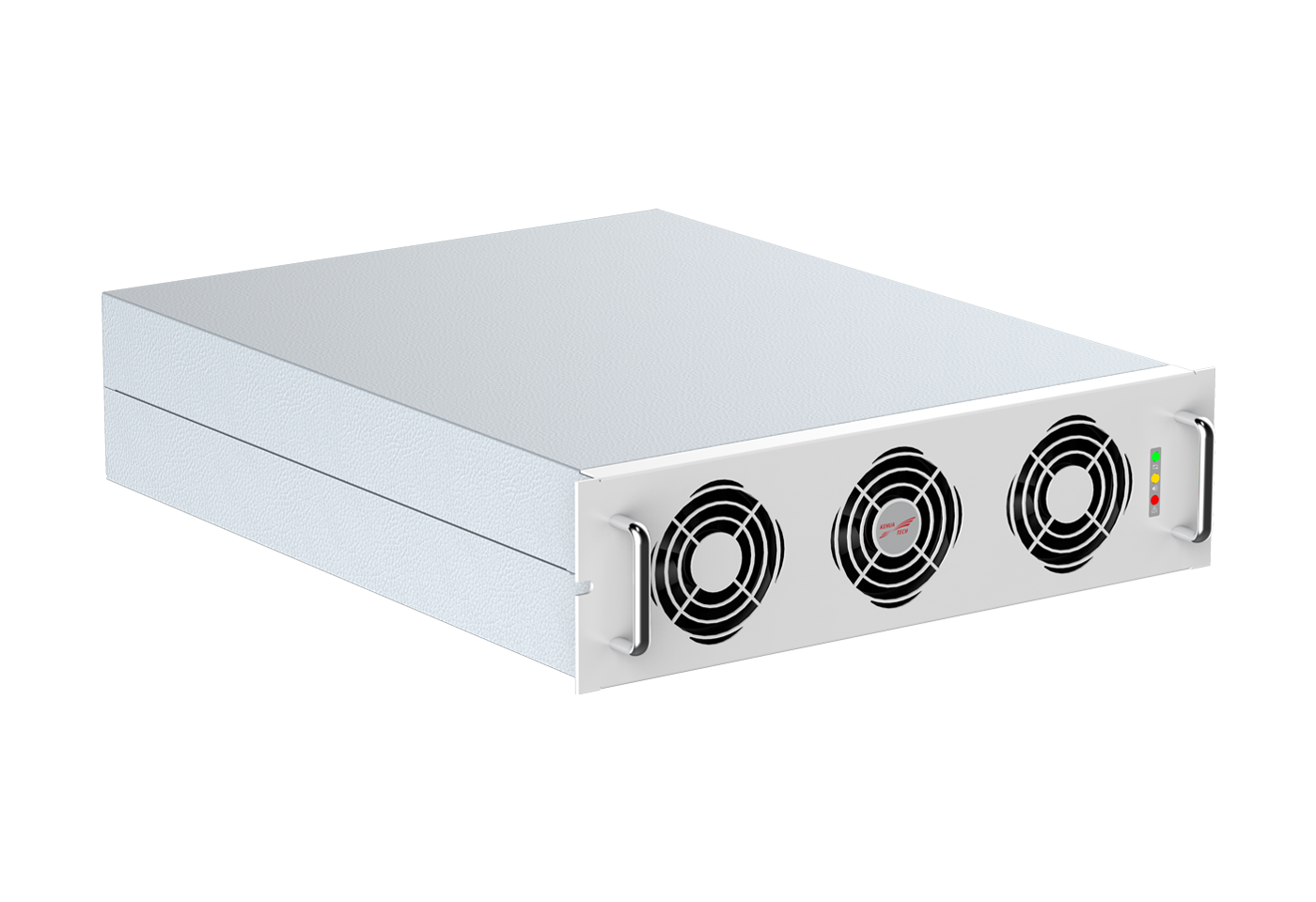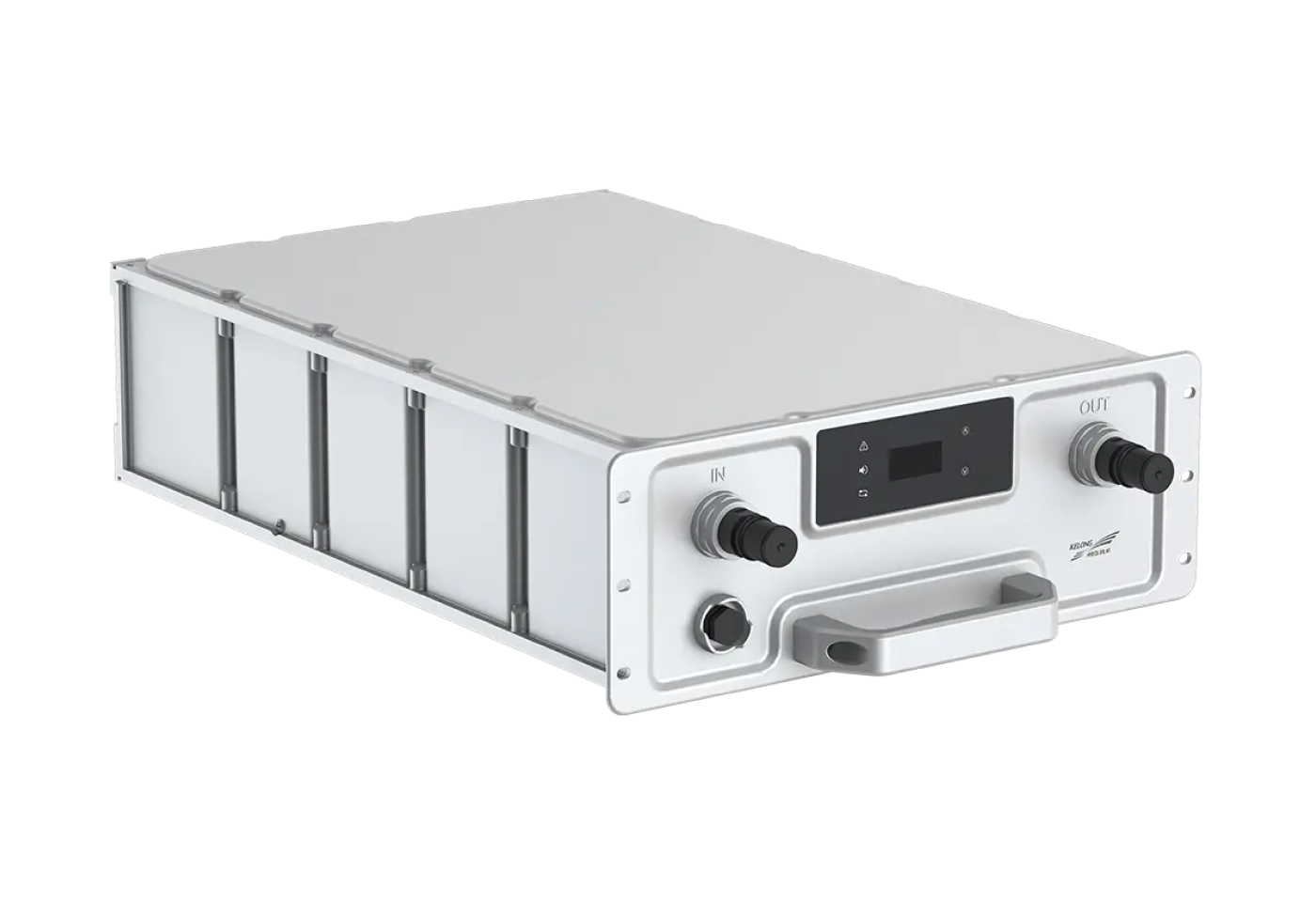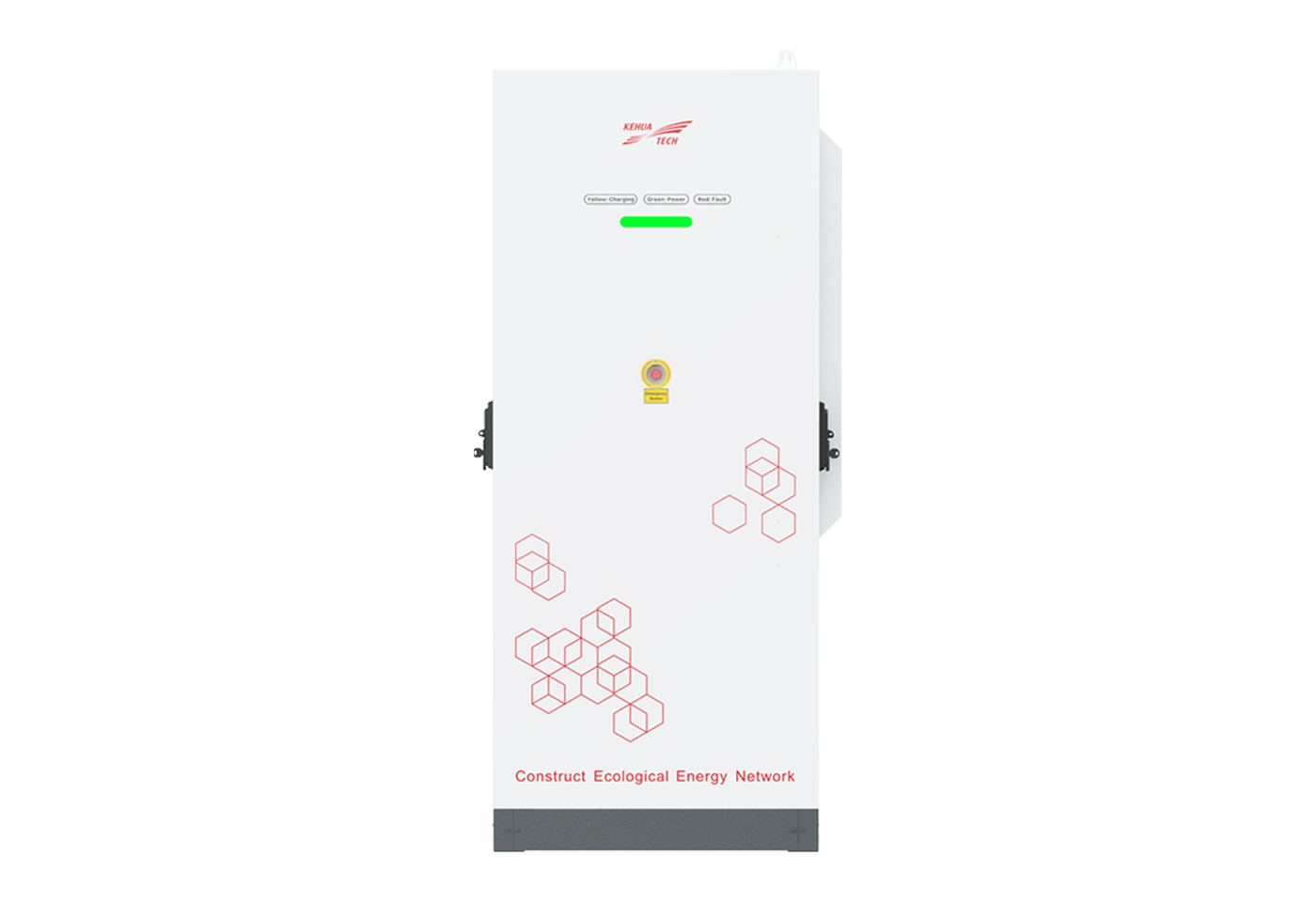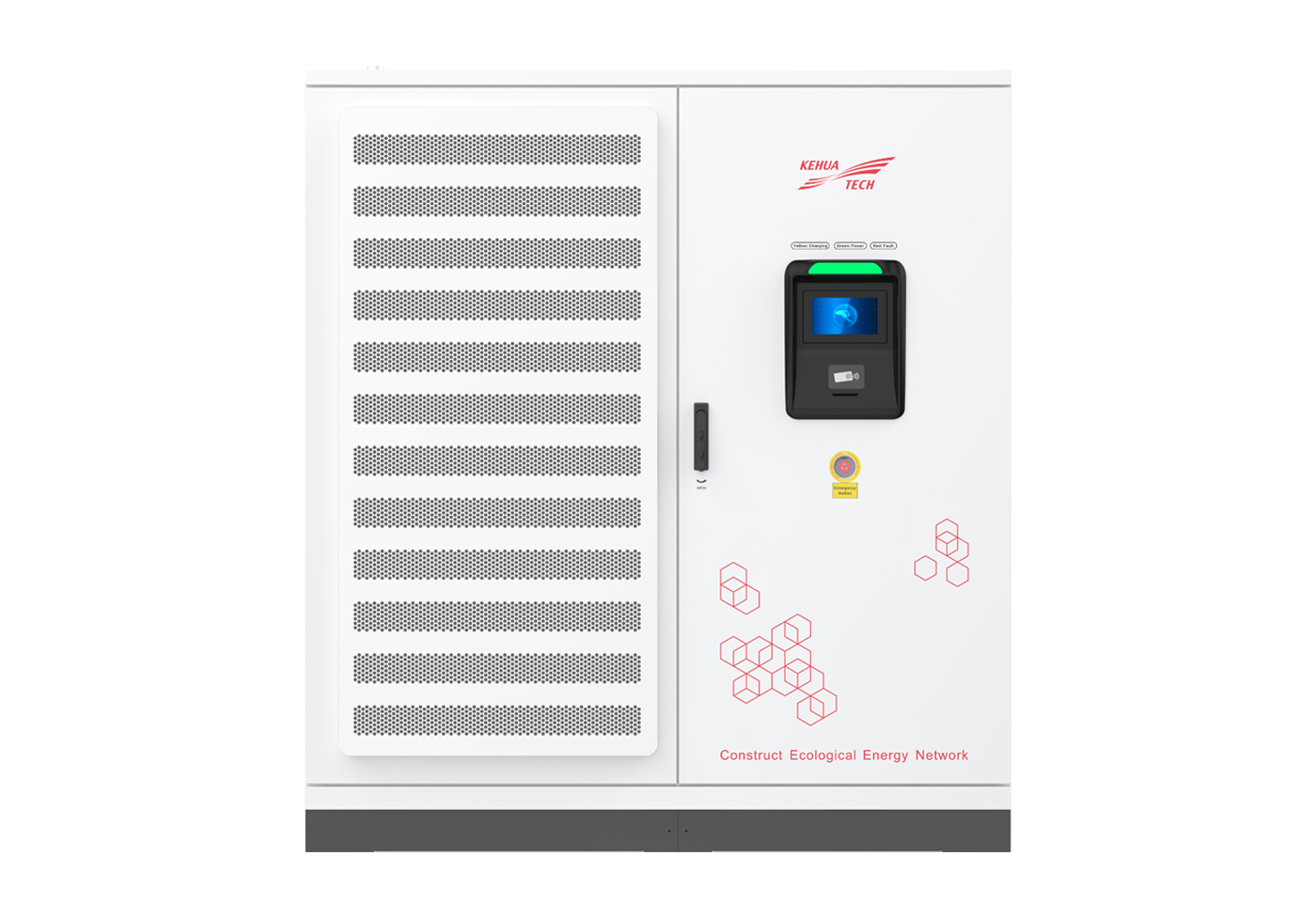Shenzhen Kehua's 40kW High-Efficiency SiC Module: Powering the Development of High-Power Charging Stations

With the rapid growth of the electric vehicle (EV) industry, high-power DC fast charging technology has become a critical market demand. Leveraging its technological advantage in charging modules, Shenzhen Kehua has introduced a 40kW high-efficiency SiC charging module that is increasingly becoming the ideal choice for high-power charging stations overseas.
Market Demand for High-Power DC Fast Charging
According to the EU's Alternative Fuels Infrastructure Regulation (AFIR), by the end of 2027, for electric light duty vehicle, at least 50% of TEN-T requires the installation of a charging hub every 60 kilometers, with each hub having output power ≥ 300 kW, including at least 1 charging point with a power ≥ 150 kW.
For electric heavy duty vehicles, at least 50% of TEN-T requires the installation of a charging hub every 60 kilometers, with each hub having output power ≥ 1400 kW including 2 charging points with a power of ≥ 350 kW.
The situation in the United States is similar. According to the latest estimates by the U.S. National Renewable Energy Laboratory (NREL), by 2030, the U.S. will have 182,000 DC charging ports nationwide, including 63,000 DC150kW, 55,000 DC250kW, and 64,000 DC350+kW charging ports.
As EV technology advances and larger capacity batteries are adopted, high-power DC fast charging becomes essential for long-distance travel and emergency charging. However, issues with charging speed and availability persist, driving the demand for high-power DC fast charging equipment. High-power charging stations can significantly reduce charging times, increase station utilization, and meet users' immediate needs.
The Popularity of 40kW EV Charging Modules
As the core component of charging station systems, the technology, efficiency, and reliability of charging modules directly determine the overall performance of the station.
For example, a 400kW DC charging station would require 20 modules if using 20kW modules, but only 10 modules if using 40kW modules. Reducing the number of parallel modules not only improves current sharing and control stability but also enhances system integration and reduces costs.
However, higher module power is not always better. From a market perspective, 40kW modules have become the mainstream choice. This power configuration optimizes the station's overall charging capacity while meeting the needs of different single-port charging demands. Smaller modules require more parallel connections, increasing the station's weight, while excessively large modules can cause power distribution issues. During the initial and mid-stages of charging, high power is needed, but as the battery reaches 80% capacity, it requires lower power charging. At this point, using a single overly powerful module makes power distribution difficult, leading to a waste of equipment resources.
Shenzhen Kehua's 40kW modules are suitable for 350kW/400kW Standalone chargers, can be configured in 640kW/800kW split charging systems, and even used in megawatt-level charging stations. The GB/T standard 960kW split charging system, equipped with Kehua’s self-developed 40kW modules, has been widely deployed in megawatt-level charging stations in Shenzhen, Wuhan, Hefei, Dongguan, and other cities in China.
Technological Advancements in Shenzhen Kehua's 40kW High-Efficiency SiC Module
Shenzhen Kehua's 40kW high-efficiency charging module features silicon carbide (SiC) devices, achieving peak efficiency of over 97% and full-load efficiency of over 96%. With an output voltage range of 150-1000V, the module is highly adaptable to various vehicle platforms.
The module uses a four-dimensional fan with stepless speed control, maintaining noise levels below 65dB across the entire output voltage range when the ambient temperature is ≤25°C. Additionally, it offers three noise reduction modes (65dB, 60dB, 55dB) to meet different noise level requirements in various scenarios, making it particularly suitable for noise-sensitive environments.
In extreme conditions, Shenzhen Kehua's 40kW high-efficiency module also excels, with an operating temperature range from -40°C to 75°C, ensuring stable performance in both the intense heat of the Middle East and the frigid cold of Northern Europe. Furthermore, the module's ultra-low output current ripple enhances charging stability and protects battery life.
Conclusion
As the global EV market rapidly expands, the demand for charging infrastructure continues to grow. Shenzhen Kehua, with its 40kW high-efficiency air-cooled module, not only provides reliable technical support for high-power charging stations in overseas markets but also enhances the charging experience through technological upgrades. As a core component of charging station systems, this module plays a crucial role in improving overall station performance, reducing charging times, and lowering operating costs. In the future, Shenzhen Kehua will continue to innovate and contribute to global sustainable development.
Contact us via email at info@kehuasz.com for product specifications.

